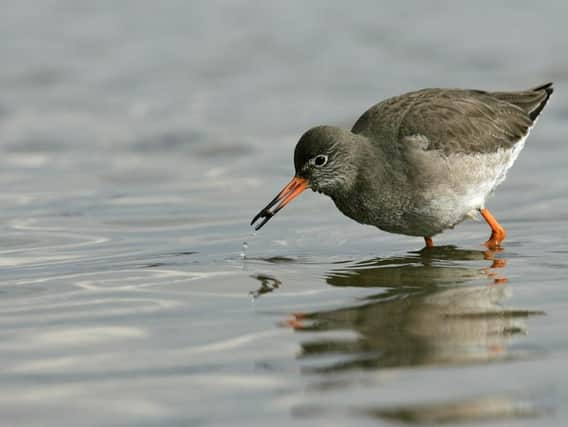Multi-million pound project to protect threatened waders around Morecambe Bay this winter


The UK is internationally important for migratory and wintering coastal birds. Each autumn, threatened species such as curlew, bar-tailed godwit, golden plover, brent geese and pink-footed geese flock to the country's shores. Hundreds of thousands of birds gather in key estuaries, including Morecambe Bay. It’s estimated 20% of Europe’s curlews winter within the British Isles.
The evocative calls of curlew, redshank and flocks of geese are the first sign of autumn for a lot of people. The tidal mudflats and saltmarsh habitat around the English estuaries and coastlines are important feeding and roosting places for these birds. Yet, as sea levels rise and erosion around the coast increases, there are fewer and fewer sites for these birds to nest, rest and feed in undisturbed.
Advertisement
Hide AdAdvertisement
Hide AdThe Life on the Edge project is an innovative landscape-scale conservation project, creating and restoring coastal habitat at seven sites across England, in partnership with National Trust, Natural England, Environment Agency and Cumbria Wildlife Trust.
The RSPB is working with partners to create more space for threatened wildlife through this £3.4million project, match funded by EU LIFE’s Nature and Biodiversity fund. Local habitats like Hodbarrow and Duddon Estuary, part of the Morecambe Bay partnership, are a vital refuge for threatened species but restoring them can also help with carbon capture.
Leigh Lock, species recovery projects development manager, said: “Saltmarsh, which forms naturally along coastal margins, actually stores more carbon per square meter than trees do.
“In this nature and climate emergency, we need to use every tool we can to keep carbon in the ground. Saltmarshes and mudflats can also provide a barrier against winter storm surges, protecting coastal homes from flooding, bringing benefits for both people and wildlife.
Advertisement
Hide AdAdvertisement
Hide Ad“By developing initiatives and community projects like this, we hope to provide a blueprint for decision makers who have the power to restore even more of our eroding coastal habitats in future.”
Many of the birds that forage for food around the coastlines need to eat huge quantities of invertebrates each day just to survive the country's colder winters, so any time and energy they spend evading predators can really put them at risk. They often perceive movement as a threat, which means a dog running across the mudflats or a shadow passing over them can cause them to fly away, burning up valuable energy.
If you want to get closer to some of these incredible birds, the best way to watch them without disturbing them is to view them from a hide or screen at one of the nature reserves. RSPB members get free entry to all reserves.
The RSPB works closely with partners and communities to protect wildlife across their network of over 200+ UK nature reserves and in the wider countryside. To find out more about RSPB reserves and projects near you, or to help fund the vital work the charity does to protect wildlife, visit www.rspb.org.uk